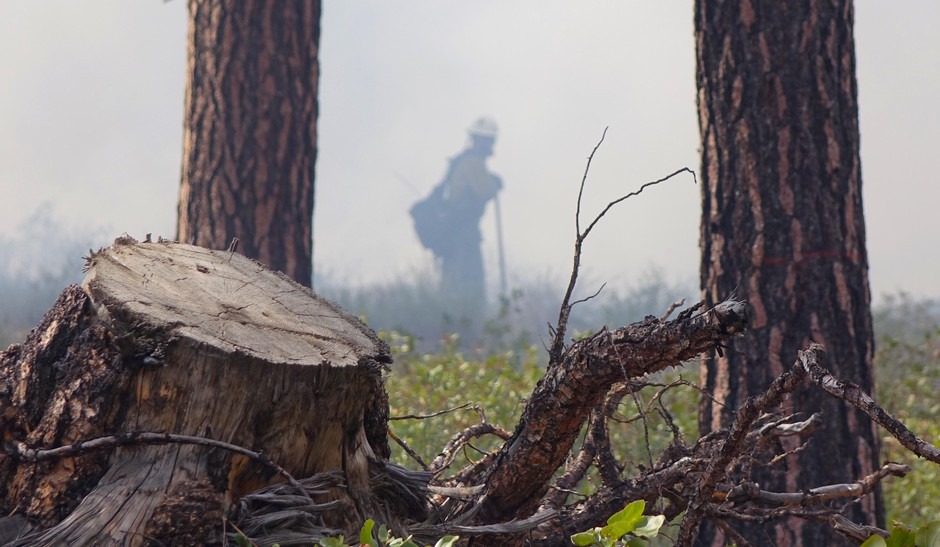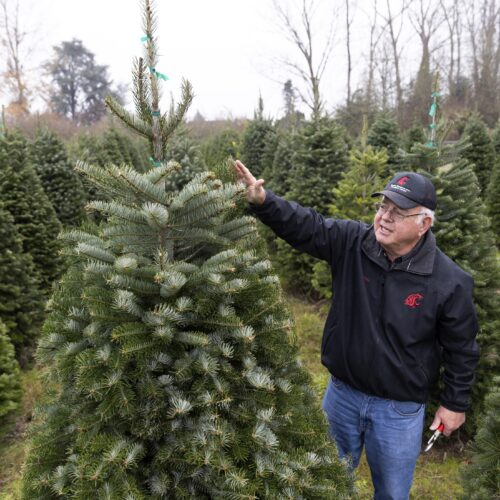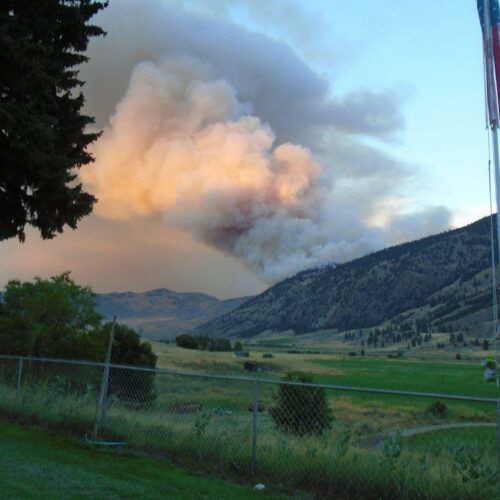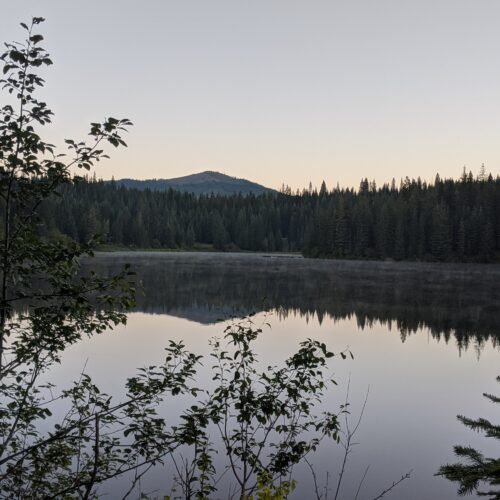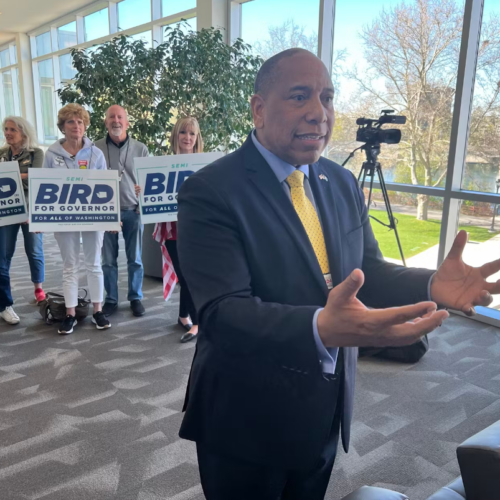The U.S. Forest Service is proposing to reduce the public’s role in shaping the way it applies federal environmental laws to projects on public lands.
The agency says the changes would help land managers “make timelier decisions based on high quality, science-based analysis.”
Environmental groups are calling the proposed changes a giveaway to the timber industry that will allow projects on national forests to be approved with far less involvement from the public.
The changes concern how the Forest Service operates under the National Environmental Policy Act (NEPA), the law that provides much of the framework for environmental protection in the United States. Under the law, projects on public lands have to go through various levels of environmental analysis to ensure that detrimental impacts are not too great. These environmental analyses can take months or even years to complete and include various levels of public involvement and feedback.
Critics of how the Forest Service currently apply NEPA say the process is way too cumbersome, slows projects and permit applications down too much, and has led to backlogs in needed natural resource management.
“The paperwork exercise that they have to go through just don’t match the scope and scale of the problem,” said Travis Joseph, president of the Portland-based American Forest Resource Council, a timber industry trade association.
The proposed changes are being framed in terms of reducing the backlog of forest restoration and wildfire mitigation projects by streamlining the NEPA process. The Forest Service says the backlog is currently 80 million acres.
Joseph explained the goals using a hypothetical restoration project on the Willamette National Forest.
“If the Forest Service has come to the conclusion that it needs to do important, time-sensitive work to do a thinning project … that it’s done dozens and dozens of times, does it need to take three to five years and write 500 to 1,000 pages and spend a million dollars of taxpayer money to do that project?” he said. “The Forest Service has come to the conclusion that no, that doesn’t make sense.”
The new rules would change the level of scrutiny applied to certain projects. Under NEPA, projects trigger one of three tiers of environmental analysis, with “categorical exclusions” being the lowest level, involving far less public involvement and far less scientific analysis of environmental impacts specific to the project.
“Traditionally they were like installing interpretive signs at a trailhead or installing a pit toilet or mowing the ranger’s lawn at the ranger station. Very minor activities that have some sort of environmental impact but are so minor so as to be excluded from detailed environmental analysis under NEPA,” said Susan Jane Brown, public lands director for the Western Environmental Law Center in Portland.
The proposed rules add categorical exclusions to cover more kinds and sizes of projects. One new category proposed is for “ecosystem restoration or resilience activities” involving areas as big as 7,300 acres, or about 11.5 square miles. Of that area, timber harvesting could occur on 6.5 square miles — in forms that could range from commercial thinning to clear-cut logging targeted sections of the forest.
“That’s a pretty big scope of environmental impact and is really not the type of activity that categorical exclusions were designed to analyze or document,” Brown said. “It really looks a lot like a political stunt to use fire as a justification for something completely different — which in this case is an attempt to increase the timber harvest levels off our national forests.”
Brown said her group has learned, through Freedom of Information Act requests, that 80% of Forest Service-managed projects between 2006 and 2016 were approved using currently listed categorical exclusions. Under the new rules, that number would jump to 93%.
Brown said the Forest Service has a legitimate interest in making their decision-making processes more efficient. But she said the NEPA regulations are not the main issue. The real problem, she said, is that agencies don’t have the funding and staffing levels needed to get the important work done.
To trade association president Travis Joseph, the bureaucracy behind administering federal environmental law is a major barrier. He applauded the Forest Service for looking internally at the way they operate to try to fix the problems.
“It is a positive step forward of saying, ‘We need to do better. We need to be more efficient with taxpayer money. … How do we do that?’” he said. “And that’s what the Forest Service has done.”
Public comment on the USFS’s proposed rules ends on Aug. 26.
Copyright 2019 Oregon Public Broadcasting. To see more, visit opb.org

